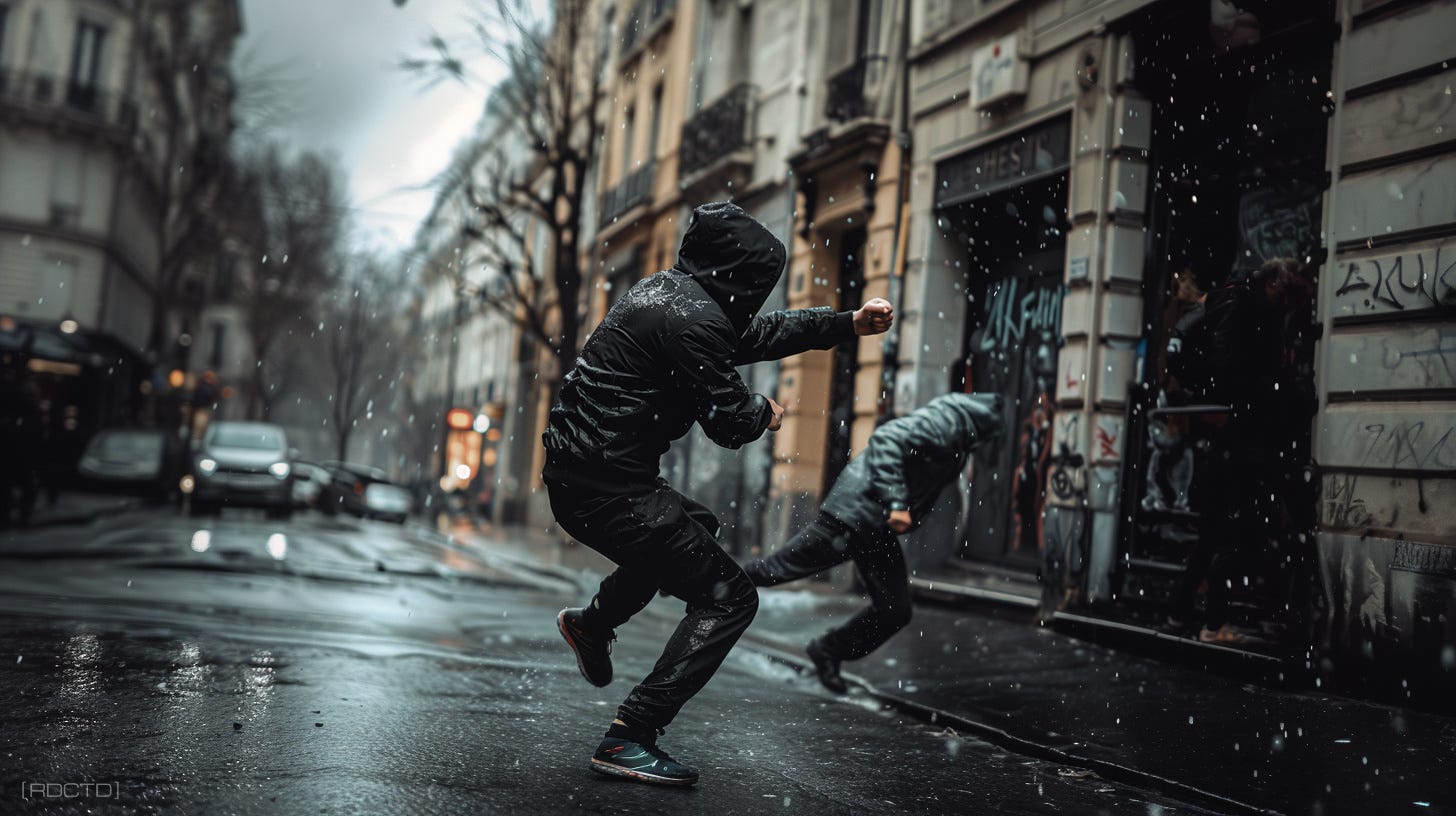The Science of Knocking Someone Out in a Fight
Knocking someone out in a fight - be it in the ring or on the streets - isn’t just about brute strength; it's a delicate dance of precision, timing, and understanding human biology.
When we talk about a knockout, what we're really getting into is a sudden disruption of the brain’s normal functions. You see, a knockout typically occurs when a fighter’s head is hit with such force that the brain, floating in cerebrospinal fluid inside the skull, jolts and bangs against the skull wall.
This sudden impact can cause a brief loss of consciousness due to a transient disruption in neural activity and blood flow.
At the moment of impact when a knockout strike lands, a series of rapid, complex physiological events unfolds inside the brain. The primary effect is the mechanical trauma where the brain collides against the inner walls of the skull. This impact disrupts the delicate electrical circuits of the brain, momentarily short-circuiting the neural pathways.
This disruption leads to a sudden cessation of normal brain activity, particularly in the reticular activating system (RAS), which plays a crucial role in regulating wakefulness and alertness. Additionally, the rapid acceleration and deceleration of the head can lead to a transient disruption of the brain's chemical balance, as neurotransmitters are scattered and neuronal firing patterns are thrown into chaos.
This biochemical disarray can inhibit the brain's ability to process sensory information and maintain consciousness, leading to the blackout experienced in a knockout. Understanding this cascade of events can help operatives not only in applying their skills effectively but also in defending against such potentially incapacitating strikes.
But the art of achieving this in combat requires more than just swinging hard. It involves strategic targeting. The most common knockout strikes in martial arts and boxing target the chin or the sides of the head.
These areas are prime real estate because they're leverage points where force can effectively be transferred to the brain. Strikes here exploit the head’s pivot points, maximizing rotational force so that the brain moves more violently within the skull, increasing the likelihood of a blackout.
While the physics and biology of knockouts are universal, every operative or fighter's ability to deliver or withstand such a strike varies. It’s influenced by factors like mental conditioning, physical resilience, and situational awareness.
This is where training and experience play an indispensable role, enhancing one's ability to execute or counter such critical moves under pressure.




Encapsulates years of practice and research--------just the techniques to learn.